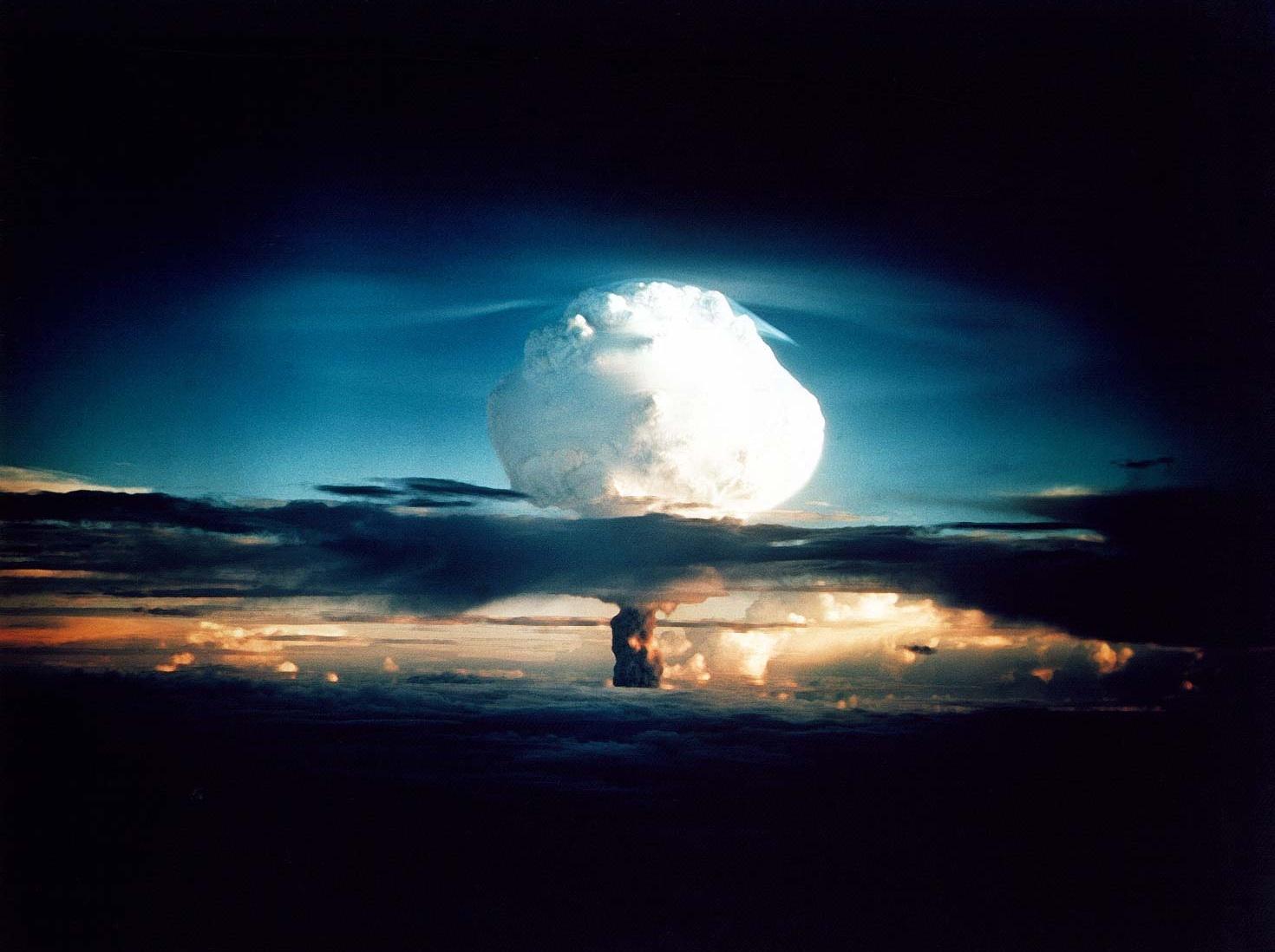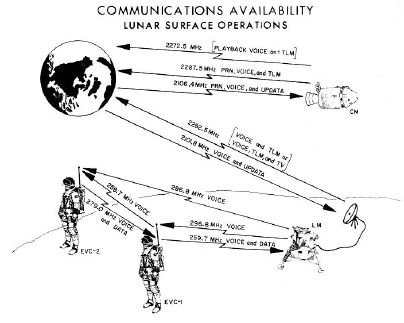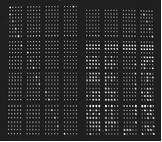A quick history of the development video
technology
Sources & further reading:
A video image can be and is produced by a
wide variety of evolving technologies. Video is inherently
relational, it exists at the multiple locations where social,
political and technological networks require visualization and
representation. It is much less a thing than a relational
apeture through systems of power and control. Video is
inherently political.
NYRB: The Cabinet of Dr. Strangelove -
FEBRUARY 25, 2010

Problems with time:
First CRT was for DATA VISUALIZATION

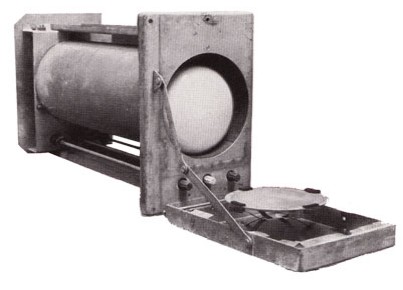
1946: Williams Tube CRT Memory Storage Unit
The first random access storage device
for digital computers was actually the cathode ray tube. This
was invented by Fred Williams at England's Manchester
University in 1946 and was later used in the Manchester Mark I
computer.


CRT - Faster data visualization
IBM punchcard - slow data entry
COLD WAR NEEDS:
The evolution and testing of missile
technology:
RACE TO PUT NUKES ON MISSILES
Nikita Khrushchev ordered conventional
military cuts & Soviet Politburo decided in November 1953
to make missiles the primary delivery system for their emerging
nuclear arsenal.
Sputnik1 - October 1957
Mercury Program 1959
JFK - Missile Gap 1960 Campaign
Need for accurate recording of missile
telemetry data.
Need to synchronize geographically
dispersed tracking stations.
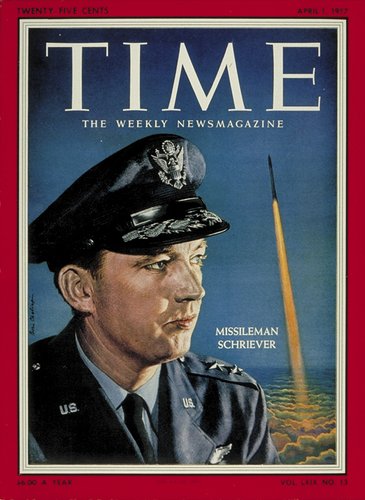
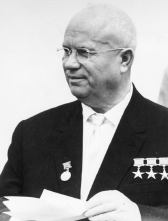


Sputnik1
Mercury Capsule
“Mike” - First US Hydrogen
Bomb
07:15 A.M local time on November 1, 1952
Colonel Bernard Schriever -
“Father” of the American
Missile Program
Nikita Khrushchev -
MASS MARKET ENTERTAINMENT NEEDS:
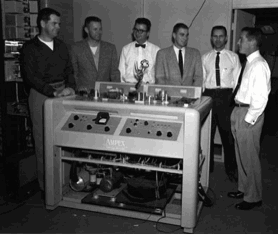
Broadcasters needed to record
“Live” East Coast programs and re-broadcast them 3
hours later on the West Coast. Existing film based
“kinescope” was slow and expensive.
Bing Crosby wanted to pre-record his
popular show, so he could have more free time (really). He
first used German audiotape technology (magnophone),
“liberated” from Frankfurt-am-Main in 1945.
The Germans developed the tape medium so
Nazi Generals could give speaches once and have them broadcast
to the troops spread accross several time zones.

1956: Ampex VRX-1000 -
The First Commercial Videotape Recorder


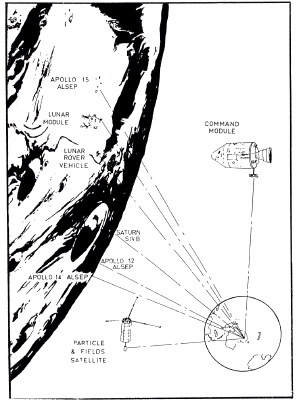
APOLLO SPACE PROGRAM 1961
IRIG Time Codes
Serial time codes have their beginnings
in the early days of the missile and space program, when a need
to correlate data gathered from widely separated geographical
locations arose during the testing of long-range missiles.
The development of these time codes yielded: 1) A means
of synchronizing the time at remote locations via a telemetry
link or land lines; and 2) A means of recording time on the
same media (typically magnetic tape) as the test data. In
addition, an important benefit of the co-recorded time code is
the ability to perform automatic data location by searching the
magnetic tape using the stored time code information.

TIME ISSUES - SOLVED BY VIDEO TAPE
